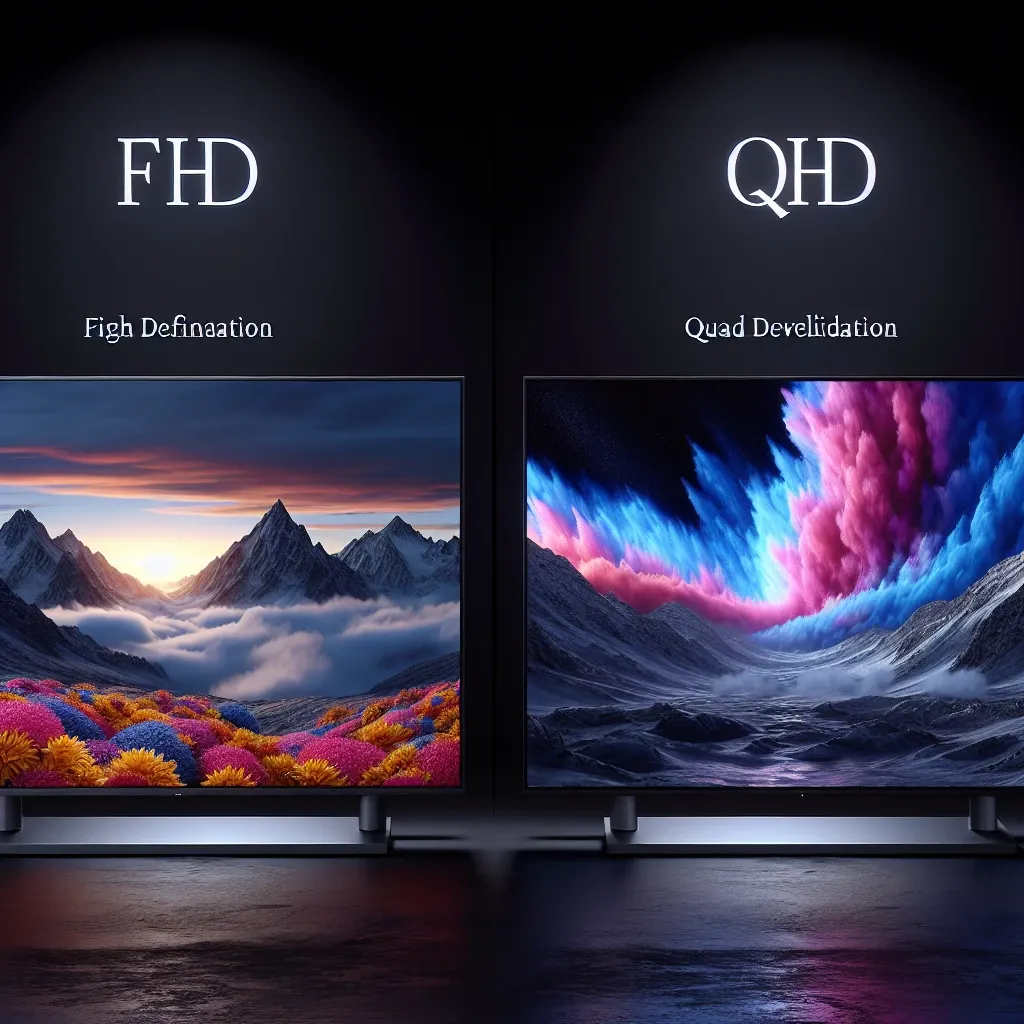Introduction
In the realm of display technologies, resolution plays a critical role in determining the quality and clarity of the visuals. When it comes to plasma monitors, the most common high-definition resolutions are Full High Definition (FHD) and Quad High Definition (QHD). But what exactly is the difference between these two resolutions? This article delves into the nuances between FHD and QHD on a plasma monitor to help you make an informed decision.
Understanding FHD and QHD
To understand the differences between FHD and QHD on a plasma monitor, it is essential to know what each term stands for and their respective specifications.
| Specification | FHD | QHD |
|---|---|---|
| Resolution | 1920 x 1080 | 2560 x 1440 |
| Pixels | 2,073,600 | 3,686,400 |
| Aspect Ratio | 16:9 | 16:9 |
Resolution Basics
Full High Definition (FHD): FHD has a resolution of 1920 x 1080 pixels. This means that there are 1,920 horizontal pixels and 1,080 vertical pixels, totaling 2,073,600 pixels. FHD is often the standard resolution for many devices, offering good picture quality for everyday use.
Quad High Definition (QHD): QHD steps up the game with a resolution of 2560 x 1440 pixels, equating to 3,686,400 pixels. This higher resolution provides a sharper and more detailed image compared to FHD.
Picture Quality
One of the most noticeable differences between FHD and QHD on a plasma monitor is the picture quality.
Sharpness and Detail
QHD offers a higher pixel density than FHD, resulting in sharper images and finer details. This is particularly noticeable for large screen sizes, where the difference in clarity can be quite apparent.
Color Accuracy
Though both FHD and QHD can deliver good color accuracy, QHD’s higher resolution allows for better color gradients and smoother transitions, making the overall image more appealing.
Blur and Distortion
At a lower resolution like FHD, you might notice some blurring or pixelation when viewing the monitor up close. QHD reduces these issues significantly due to its higher pixel count.
Performance and Usage
While the visual difference is evident, performance and usage considerations are also crucial when choosing between FHD and QHD.
Gaming
For gamers, QHD provides a more immersive experience due to its superior visual quality. However, it requires more powerful hardware to run games smoothly at this higher resolution.
Professional Use
For tasks such as graphic design, video editing, and other professional applications, QHD’s higher resolution can offer better precision and detail, enhancing productivity.
Everyday Use
If you primarily use your monitor for browsing the web, watching videos, and regular office work, FHD may be more than sufficient and won’t strain your eyes, nor will it demand high-end hardware.
Cost Considerations
Another significant factor when comparing FHD and QHD plasma monitors is the cost.
FHD: Generally, FHD monitors are more affordable, making them a popular choice for budget-conscious consumers who still seek good picture quality.
QHD: QHD monitors tend to be pricier due to the higher resolution and better overall performance. However, the investment can be justified if you prioritize image quality and have the necessary hardware to support it.
Future-Proofing
Considering the pace of technological advancements, investing in a higher resolution monitor like QHD might offer more longevity. As media content and applications continue to advance, higher resolutions will become more standard, potentially making FHD feel outdated sooner.
Conclusion
The decision between FHD and QHD on a plasma monitor largely depends on your specific needs and budget. FHD is a cost-effective solution for general use with good performance, while QHD offers superior picture quality and is ideal for gaming, professional work, and future-proofing your setup. Understanding these differences will guide you to the best choice for your requirements.

